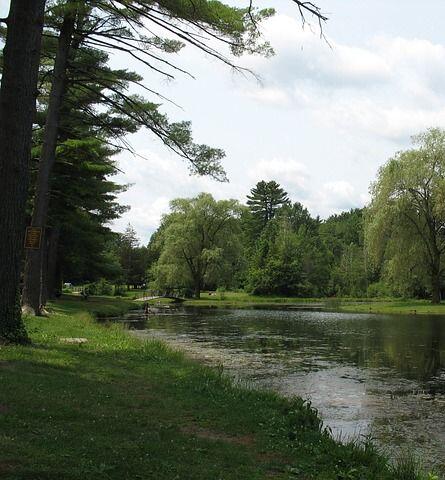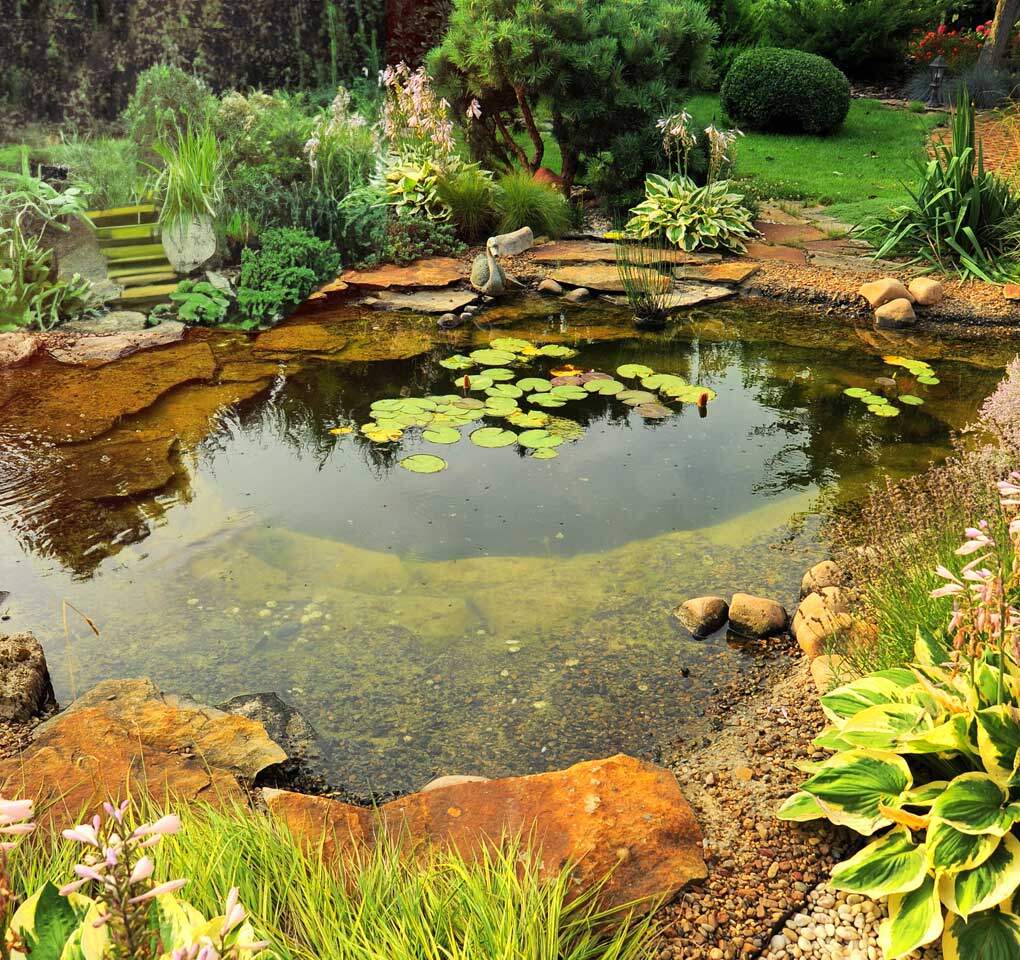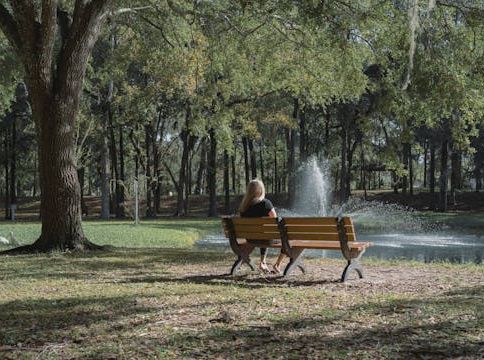Choosing the Right Location for Your Pond
If you are thinking about building a pond on your property, then this blog post is for you. Creating a sustainable pond ecosystem in Upstate New York begins with selecting the ideal location. The site should receive partial sunlight, as too much direct sunlight can lead to excessive algae growth, while too little can prevent plants from thriving. It’s also important to choose an area with good natural drainage to prevent runoff from introducing pollutants into the water. Consider the size and shape of your pond carefully; larger ponds with varying depths create a more balanced environment for both fish and plants. Deeper sections of the pond provide cooler areas for fish in the summer, while shallow zones support plant growth and attract diverse wildlife.
Water Quality and Filtration
Maintaining clean, clear water is without doubt the most important thing you can do to create a healthy pond ecosystem. Water quality is influenced by a variety of factors, including the pond’s filtration system, the balance of nutrients, and the presence of organic matter. To keep the water healthy, it’s important to incorporate both biological pond filtration and mechanical filtration. Biological filtration, which uses beneficial bacteria to break down waste, helps keep the water oxygenated and free of harmful toxins. A pump and filter system ensures water circulation, preventing stagnation and keeping the ecosystem active. However, avoid over-filtering the pond, as some organic material is essential for supporting a diverse range of organisms.
The Role of Aquatic Plants
Aquatic plants are a cornerstone of a sustainable pond ecosystem. They help regulate water quality by absorbing excess nutrients that could otherwise fuel algae growth. Plants like water lilies, cattails, and submerged oxygenators provide oxygen to the water, support fish and invertebrates, and improve the overall ecological balance of the pond. When choosing plants, opt for native species, as they are better suited to the local climate and require less maintenance, helping your pond remain low-maintenance and environmentally friendly.
Maintaining Balance with Fish and Wildlife
A sustainable pond ecosystem thrives on balance. Introducing the right mix of species is key to maintaining this equilibrium. Fish like goldfish or koi can help, but overstocking can lead to water quality issues, so it’s crucial to keep fish populations in check. Additionally, adding beneficial microorganisms like snails and aquatic insects aids in natural filtration, helping to break down organic debris. Be mindful of avoiding invasive species that could disrupt the ecosystem. A variety of plants, animals, and microorganisms working together will ensure that your pond remains a healthy, thriving habitat.
Creating a Sustainable Pond Ecosystem
Creating a sustainable pond ecosystem is a fulfilling endeavor that can enhance your garden while benefiting the environment. By carefully selecting the right location, maintaining water quality through proper filtration, incorporating a diverse range of aquatic plants, and balancing fish and wildlife, you can create a self-sustaining pond that requires minimal upkeep. With thoughtful planning and regular maintenance, your pond can become a thriving, eco-friendly feature that provides beauty and wildlife support for years to come.





